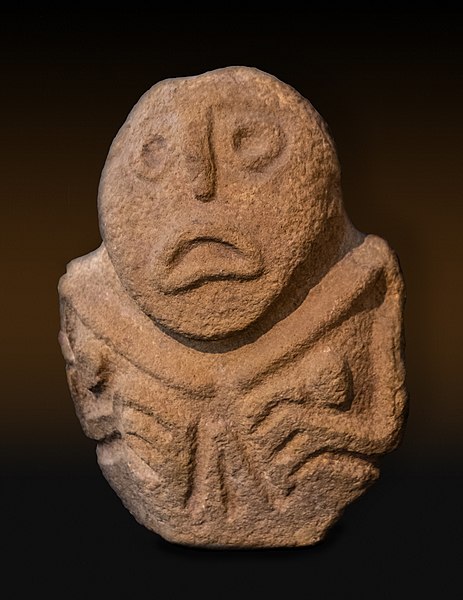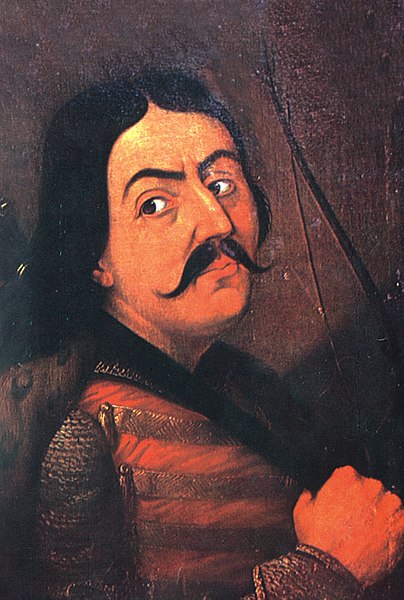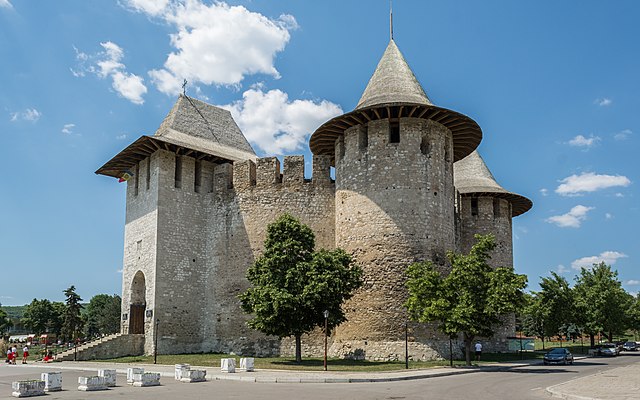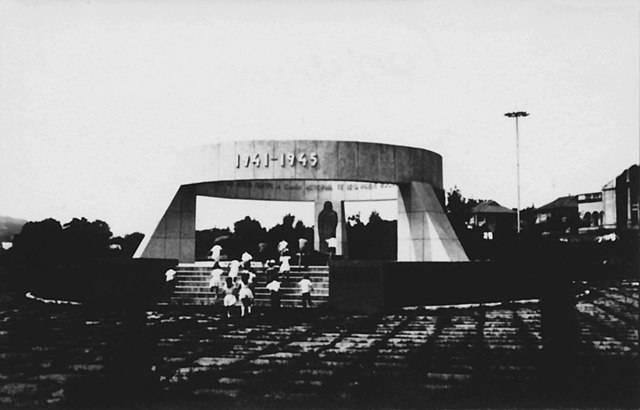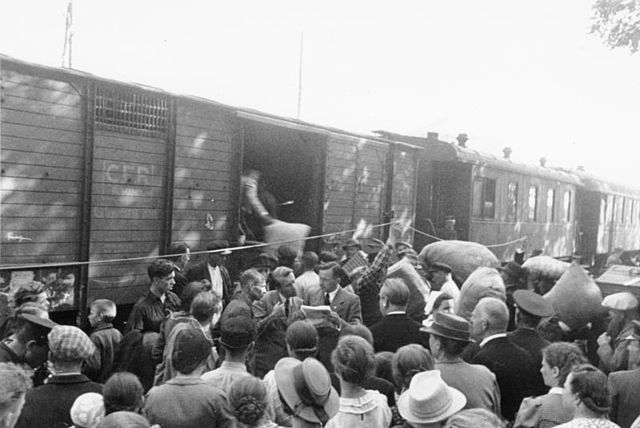Prehistory of Southeastern Europe
The prehistory of Southeastern Europe, defined roughly as the territory of the wider Southeast Europe covers the period from the Upper Paleolithic, beginning with the presence of Homo sapiens in the area some 44,000 years ago, until the appearance of the first written records in Classical Antiquity, in Greece. First Greek language is Linear A and follows Linear B, which is a syllabic script that was used for writing in Mycenaean Greek, the earliest attested form of the Greek language. The script predates the Greek alphabet by several centuries. The oldest Mycenaean writing dates to about 1400 BC. It is descended from the older Linear A, an undeciphered earlier script used for writing the Minoan language, as is the later Cypriot syllabary, which also recorded Greek. Linear B, found mainly in the palace archives at Knossos, Kydonia, Pylos, Thebes and Mycenae, but disappeared with the fall of the Mycenean civilisation during the Late Bronze Age collapse.

Aurignacian double edged scraper on blade - 3 views of the same object.
Sculpture found at the archaeological site of Lepenski Vir
The Thinker of Hamangia, Neolithic Hamangia culture (c. 5250-4550 BC)
Artefacts from the Varna necropolis, Bulgaria
Moldova, officially the Republic of Moldova, is a landlocked country in Eastern Europe, on the northeastern corner of the Balkans. The country spans a total of 33,483 km2 (12,928 sq mi) and has a population of approximately 2.5 million as of January 2023. Moldova is bordered by Romania to the west and Ukraine to the north, east, and south. The unrecognised breakaway state of Transnistria lies across the Dniester river on the country's eastern border with Ukraine. Moldova is a unitary parliamentary representative democratic republic with its capital in Chișinău, the country's largest city and main cultural and commercial centre.
Dragoș, a Vlach voivode and founder of the Principality of Moldavia, 19th-century depiction
Built during the reign of Stephen the Great, several authors believed the Soroca Fort was constructed on the site of a former Genoese fortress named Olhionia.
Monument to the villagers who died in World War II, the village Cojușna, Strășeni District.
Bessarabia Germans evacuating after the Soviet occupation of Bessarabia in 1940.


